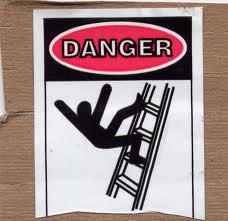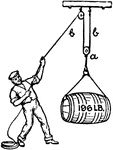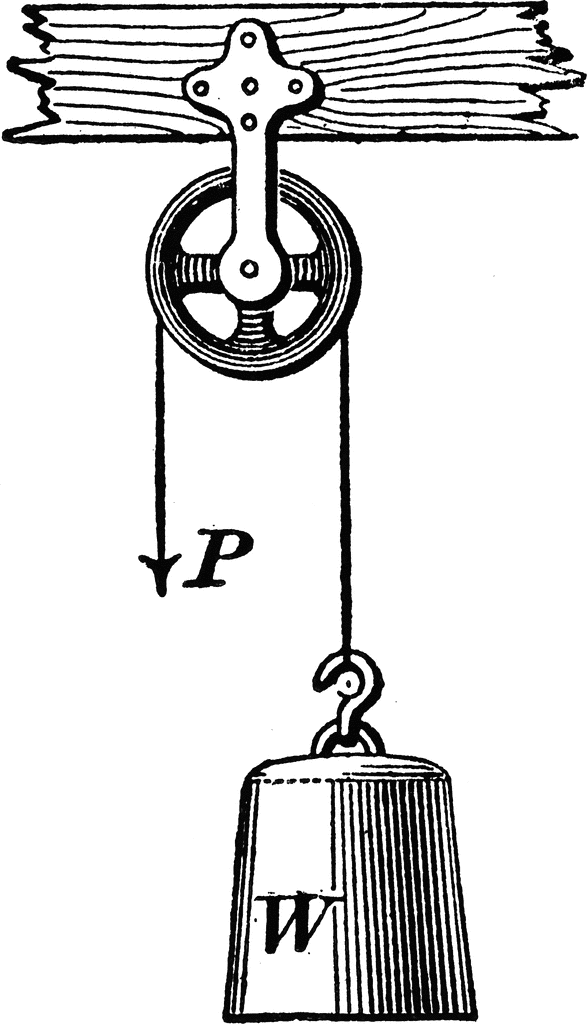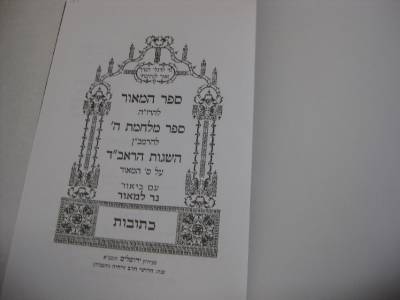Makos 7b
אונס שוגג קרוב לאונס שוגג שוגג קרוב למזיד מזיד
![]()
1. General introduction.
The obligation to run into the ‘orei miklot’, when causing an accidental death is only when it is a ‘Shogeg’- (center of the speedometer).
What is the meaning of Shogeg?
Unintentional
On the other hand if it purely accidental then it is closer to אונס and again, it is not a true Shogeig and there in no need to run to ‘orei Miklo’t.
See more on this below.
neg·li·gence
negləjəns / noun
failure to take proper care in doing something.
“some of these accidents are due to negligence”

2. We discussed the ‘action’ that caused the death. The Torah uses examples of actions: upwards motion – (potur) or downward motion – (chayev). It does not talk about any other method.
Obviously, any action that causes death is considered a Shogeg. Such as a straight movement- shooting with a gun or drowning. Also no movement at all such as poisoning the victim (accidentally).
How to reconcile the Torah’s limited motions (upwards (potur) or downward (chayev)) versus the other methods is a tough topic which we touched upon.

3. Our Mishna:
כל שבדרך ירידתו גולה
ושלא בדרך ירידתו אינו גולה
Whoever killed inadvertently while he was engaged in a downward motion is exiled;
But if he killed while he was engaged in a motion that was not downward, he is not exiled.
Most Rishonim explain that there is no logic to this. It is a Gezeiras Hakasuv.
The Rambam however applies some logic to this:

“When a person was lifting a barrel with a pulley to bring it up to a roof, and the the rope broke, causing it to fall on a colleague, or a person was climbing up a ladder and fell on a colleague and killed him, the person who caused the death is not liable to be exiled. This is considered to be something beyond his control. For this is not something that is likely to happen, but is rather an extraordinary occurrence.
If, by contrast, a person was lowering a barrel with a rope and it fell on a colleague and killed him, or he was descending on a ladder and fell on a colleague, or he was shining with a polisher and it fell on a colleague and killed him, the person responsible should be exiled.

This is derived from Numbers 35:23, which states: “And it fell upon him, and he died,” implying that the article must descend in an ordinary manner. “An object that descends frequently causes damage. Indeed, it is likely that this will happen, for the nature of a heavy object is to descend downward speedily. Therefore, if the person did not hurry and act appropriately and properly while the object descended, he is responsible and should be exiled. The same applies in other analogous situations.”.
We discussed this logical explanation and perhaps why others reject it.
4. Moshe Rosenfeld has this insightful comment:
So when pulling a rope up (or climbing up), it is less likely to tear or break, (“peleh hu”) as opposed to lowering a rope where it apparently is more likely to tear.

Doesn’t it make more logical sense to say that as you pull a rope from above, you are exerting more force on the rope and it is therefore more likely to tear, than when lowering the rope?
Furthermore, at the end of 12:
שהרי דרך נפילה מצוי ברוב העתים להזיק ודבר קרוב הוא להיות. שהרי טבע הכבד לירד למטה במהרה
So at first glance, it seems the Rambam is saying that heavier items fall faster.
This brings to mind the well-established theory that heavier items do not fall faster (see the famous experiment by Galileo (1590) at the tower of Pisa, [which may have never actually happened, but doesn’t make much difference] http://en.wikipedia.org/wiki/Galileo’s_Leaning_Tower_of_Pisa_experiment), this theory was ultimately clarified by Einstein’s general theory of relativity, (1916) and is more or less still regarded as fact today.

(Getting into the nitty gritty, based on the science referenced above – a heavier stone and a lighter-weight stone dropped from the same height would hit the ground at the same time, because they both have the same rate of acceleration, however, the gravity exerts a stronger force on the heavier stone. Perhaps that is what the Rambam meant by teva hakoveid…b’meheira; heavy items fall fast (because they have more force of gravity). I don’t know.
Shuv matzasi a different understanding of what the Rambam meant:
http://www.ybm.org.il/hebrew/LessonArticle.aspx?item=3484
if you have time to read it, he also sees more stress on the rope on the way up:
נמצא שהרגע בו המתיחות היא הגבוהה ביותר זה רגע העלייה של החבית ולכן דרך עלייה זוהי הדרך בה הסיכוי שיקרע החבל הוא הגבוה ביותר. כיוון שבדרך עלייה הסיכוי שיקרע החבל הוא הגבוה ביותר
רבא סובר שעלינו לבדוק את מידת הזהירות הנדרשת מאדם המעלה חבית לעומת מידת הזהירות הנדרשת מאדם שמורידה. כאשר אדם מעלה חבית הוא מתנגד לכח המשיכה ואם יעזוב את החבית היא תיפול, לכן אם הוא לא רוצה לעשות עבודה כפולה הוא ימשוך את החבל בלי להרפות אפילו לרגע. אולם בשעת הורדה יכול המוריד להרשות לעצמו להרפות מהחבל שתרד החבית בכח המשיכה ונמצא שיש יותר סיכוי שתרד החבית בלי שליטתו.
And then at the end:
שהרי טבע הכבד לירד למטה במהרה והואיל ולא זירז עצמו ותיקן מעשיו יפה בשעת ירידה יגלה.” הרמב”ם לא נימק את סיבת החיוב של המוריד בכך שהיה לו לחשוב שיקרע החבל, אלא הטעם שנתן הוא שמאחר ודרך הכבד לירד במהרה צריך המוריד להפנות תשומת לב יתרה ולתקן מעשיו יפה. ואמנם יכולנו לחשוב שהמוריד הוא כפושע מאחר ועליו לשים לב, אך הרמב”ם מדייק ואומר שכל אשמתו היא שלא “זירז עצמו ותיקן מעשיו יפה”, כלומר שעליו לעשות מעבר למה שרגילים העולם להיזהר, זו דרישתה של התורה, ומי שלא נהג כך ציוותה התורה שיגלה.
Thank you Moshe.
5. We discussed the concept of “Omer Mutar” – someone who does a certain action believing that it is permitted.
In our Gemara we have a Machlokes if someone killed someone thinking that it is permitted. (don’t try this defense in court….)
Rava holds that it is close to being deliberate – the left side of the speedometer.
Abaye holds it is close to being an accident – the right side of the speedometer.
We explained that although Abaye and Rava agree that killer who although murdered does not go into exile, there is a practical difference between their views. If the exemption from exile is due to the act’s being close to deliberate, the killer is still subject to the vengeance of the goel hadam. If however, the exclusion from exile is because the death was completely accidental or close to that, the killer is not subject to the goel hadam vengeance.
The bottom line is that both Rava and Abaye’s are of the opinion that being ignorant does not constitute the definition of Shogeg.
Tosfos comments that there is a difference between murder and other sins. Regarding prohibitions (other than murder; for example Shabbos) believing that it is permitted, his act is indeed classified as an “Inadvertent” (Shogeg) one.

But if one committed murder under the belief that it is permitted, his crime is not regarded as “Inadvertent” and cannot receive atonement by going to Galus. Tosofos learns this from the fact that the Torah mentions the word “inadvertent” twice when discussing murder. Thus, not knowing the prohibition of murder cannot be considred a true Shogeg.
Some mentioned in the shiur that in modern society a defendant claiming that “I was not aware that killing is prohibited” is basically pleading insanity….
Umesaimim beTOV!
Ksiva Vachasima tova.



 overrules everything- even autopsies.
overrules everything- even autopsies.








